
How to Safely Remove Milia
How to Safely Remove Milia: Expert Advice, Natural Remedies, and Prevention Tips for Clearer Skin
Milia are those small, pearly-white or yellowish bumps that often appear around the eyes, cheeks, forehead, and nose. Unlike acne, milia are not caused by bacteria or clogged pores. Instead, they form when keratin—a naturally occurring protein in the skin—gets trapped beneath the surface. Although milia are harmless and typically painless, many people look for ways to remove them for cosmetic reasons and to maintain a smooth, clear complexion.
What Causes Milia?
Milia can develop in people of all ages, from infants (where they are especially common) to adults. They often result from skin damage, such as burns or rashes, or from using heavy skincare products that block natural exfoliation. Other contributing factors include sun damage, long-term use of steroid creams, and skin resurfacing procedures that disrupt the skin barrier. Understanding the cause can help guide treatment and prevention.
Professional Treatments for Milia Removal
For the most effective and safe results, dermatologists typically recommend in-office procedures. These may include:
-
Manual Extraction – A dermatologist uses a sterile needle or a tiny blade to open the skin and extract the milia. This should never be attempted at home to avoid scarring or infection.
-
Laser Therapy – Lasers can target deeper milia, especially when they are persistent or widespread.
-
Chemical Peels – These help remove the upper layers of skin, promoting cell turnover and reducing the likelihood of new milia forming.
-
Cryotherapy – This involves freezing milia with liquid nitrogen. It's fast but may not be suitable for sensitive areas, such as around the eyes.
While these options are effective, they can be expensive and may involve recovery time, especially after peels or laser sessions.
Natural At-Home Remedies
If you prefer a more natural or budget-friendly approach, there are several options to explore at home. While results may take longer, these methods can be gentle and effective with regular use:
-
Exfoliation – Use mild exfoliants like alpha hydroxy acids (AHAs) or beta hydroxy acids (BHAs) to slough off dead skin and prevent buildup. Start with 1–2 times per week to avoid irritation.
-
Retinoids – Over-the-counter retinol or prescription-strength retinoids can speed up skin cell turnover, helping to clear milia and prevent new cysts from forming.
-
Natural Oils – Oils such as rosehip and castor oil are known for their anti-inflammatory and skin-renewing properties. Gently massaging a small amount into the affected area can help soften the skin and loosen trapped keratin over time.
Remember: Natural doesn't always mean risk-free. Always patch-test any product and avoid overuse, especially near the delicate eye area.
Preventing Milia Formation
Prevention is a key part of managing milia and maintaining healthy skin. Try incorporating the following practices into your daily routine:
-
Gentle Cleansing – Use a mild, non-comedogenic cleanser to keep pores clean without stripping the skin of its natural oils.
-
Regular Exfoliation – Light exfoliation helps remove dead skin cells and encourages renewal. Avoid harsh scrubs that can damage the skin barrier.
-
Moisturize Smartly – Opt for lightweight, oil-free moisturizers that hydrate without clogging pores.
-
Watch Your Products – Heavy, occlusive cosmetics and sunscreens may contribute to milia formation. Look for formulas labeled “non-comedogenic” and avoid applying thick creams near the eyes.
-
Sun Protection – UV exposure can thicken the skin, making it harder for keratin to escape naturally. Use broad-spectrum sunscreen daily to protect your skin and reduce milia risk.
When to See a Dermatologist
If milia don’t improve with home care or if you’re unsure about the diagnosis, it’s best to consult a dermatologist. Persistent or inflamed milia may require targeted treatment, and a skin professional can ensure they are safely removed without scarring.
Final Thoughts
Milia may be small, but they can have a big impact on how you feel about your skin. Fortunately, with the right combination of treatments, preventative care, and patience, you can reduce their appearance and prevent future breakouts. Whether you choose natural remedies or professional solutions, consistency is key to achieving a clearer, smoother complexion.
News in the same category


This Is What Happens To Your Body When You Smoke Weed And Work Out
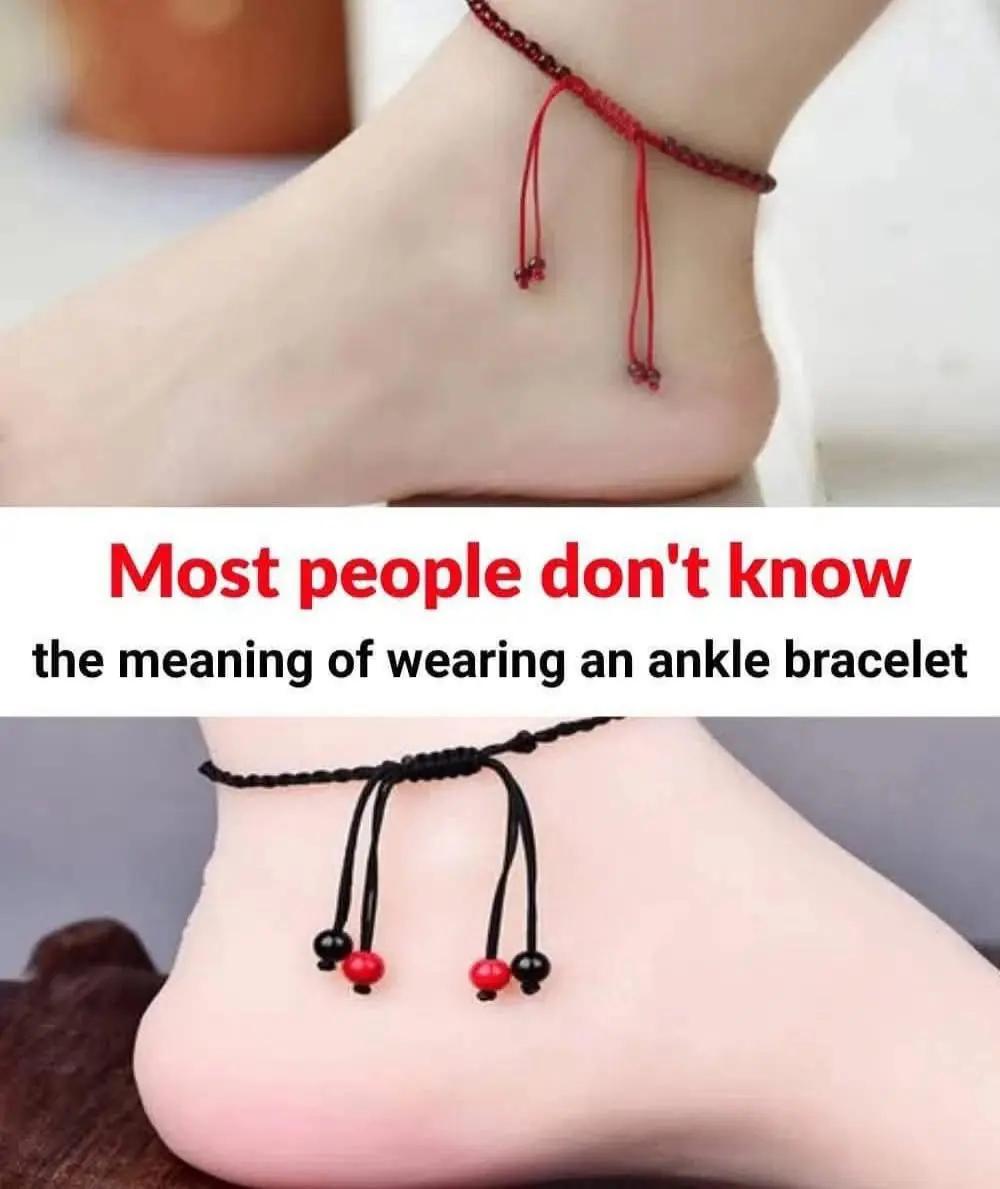
The Hidden Meaning Behind Wearing an Ankle Bracelet—Most People Have No Idea
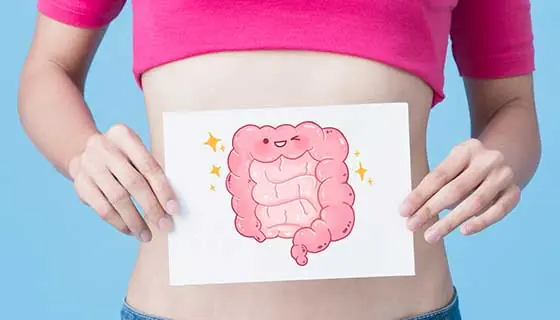
Natural Methods to Destroy Bloating and Heartburn-Causing Bacteria in Your Gut

Doctor warns of the worrying symptoms that mean common disorder could actually be bowel cancer
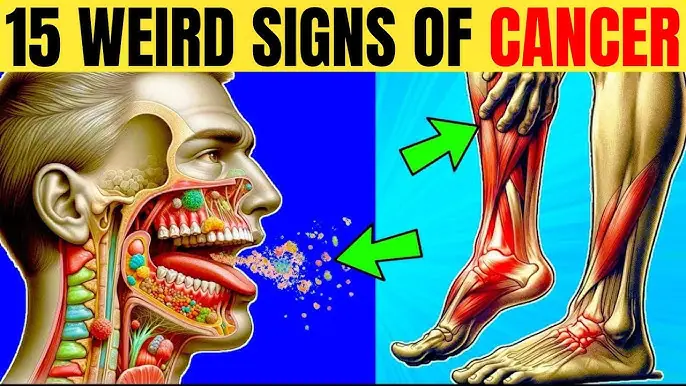
15 Early Signs Your Body is Fighting Cancer
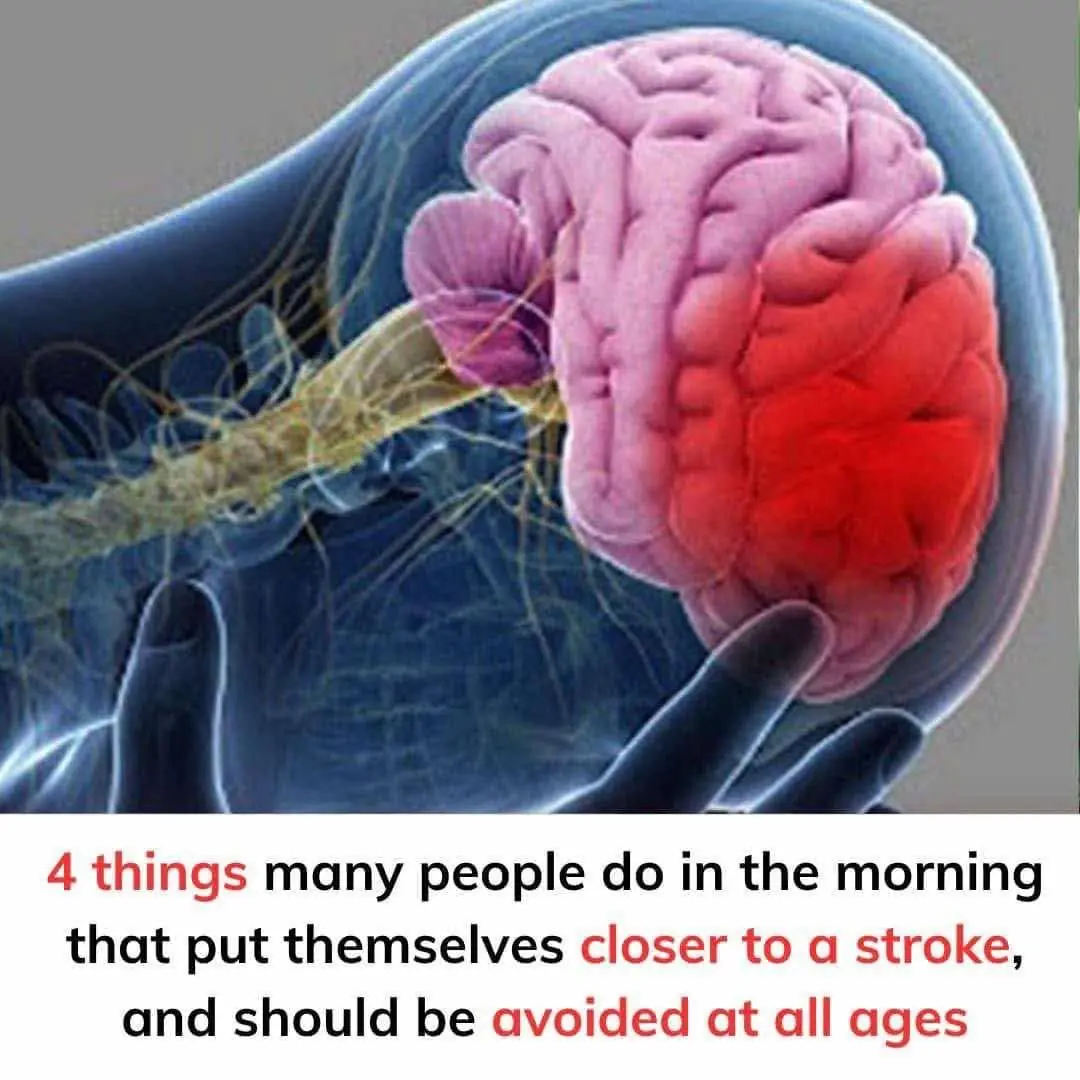
common morning habits that may increase your risk of stroke

New COVID Wave Surges — Health Officials Sound Alarm As Cases Double

How to Improve Your Vision Naturally with One Simple Ingredient: Saffron

How to STOP Cravings FAST Without Dieting! (The Natural Ozempic?)

Doctors make disturbing discovery in the brains of heavy alcohol drinkers that 'can cause long-term effects'

World-first sperm race is happening soon and the creators have revealed how it will work
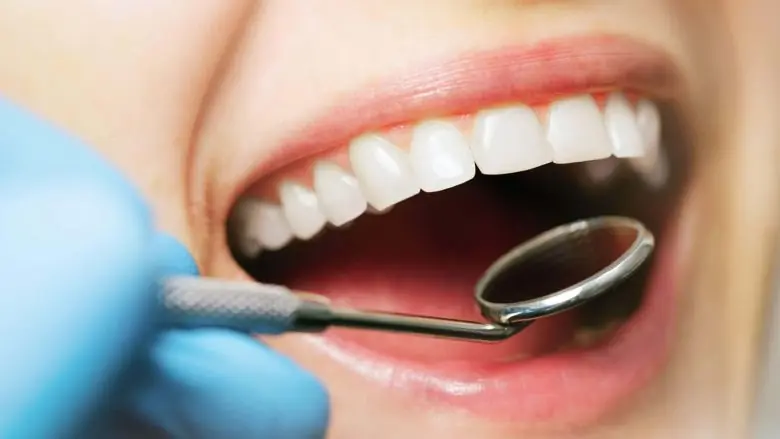
Scientists Grow First Fully Formed Tooth In Lab — A Groundbreaking Breakthrough
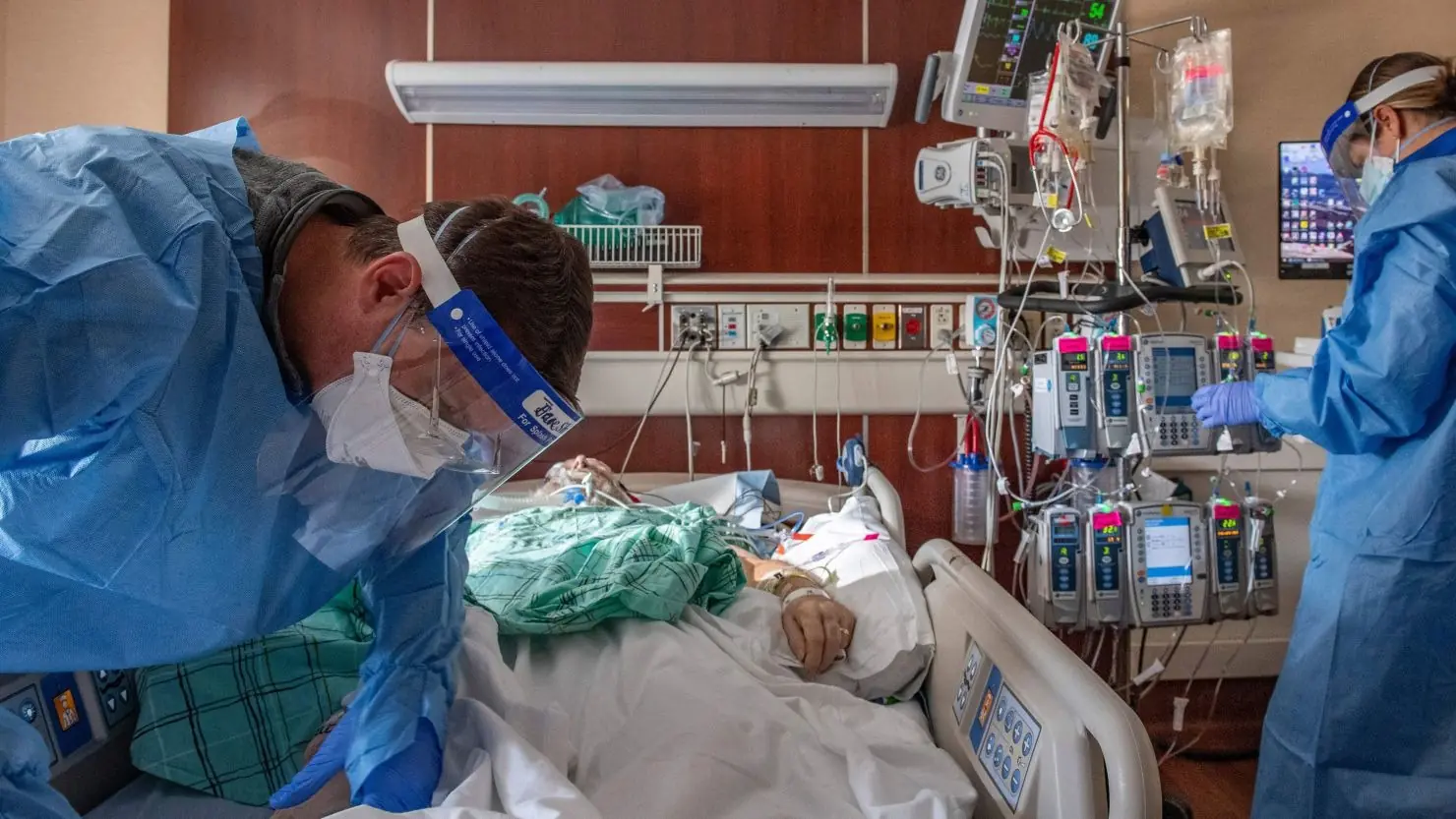
New COVID Wave Surges — Health Officials Sound Alarm As Cases Double

10 Things That Men May Find Unattractive About Women Over 50
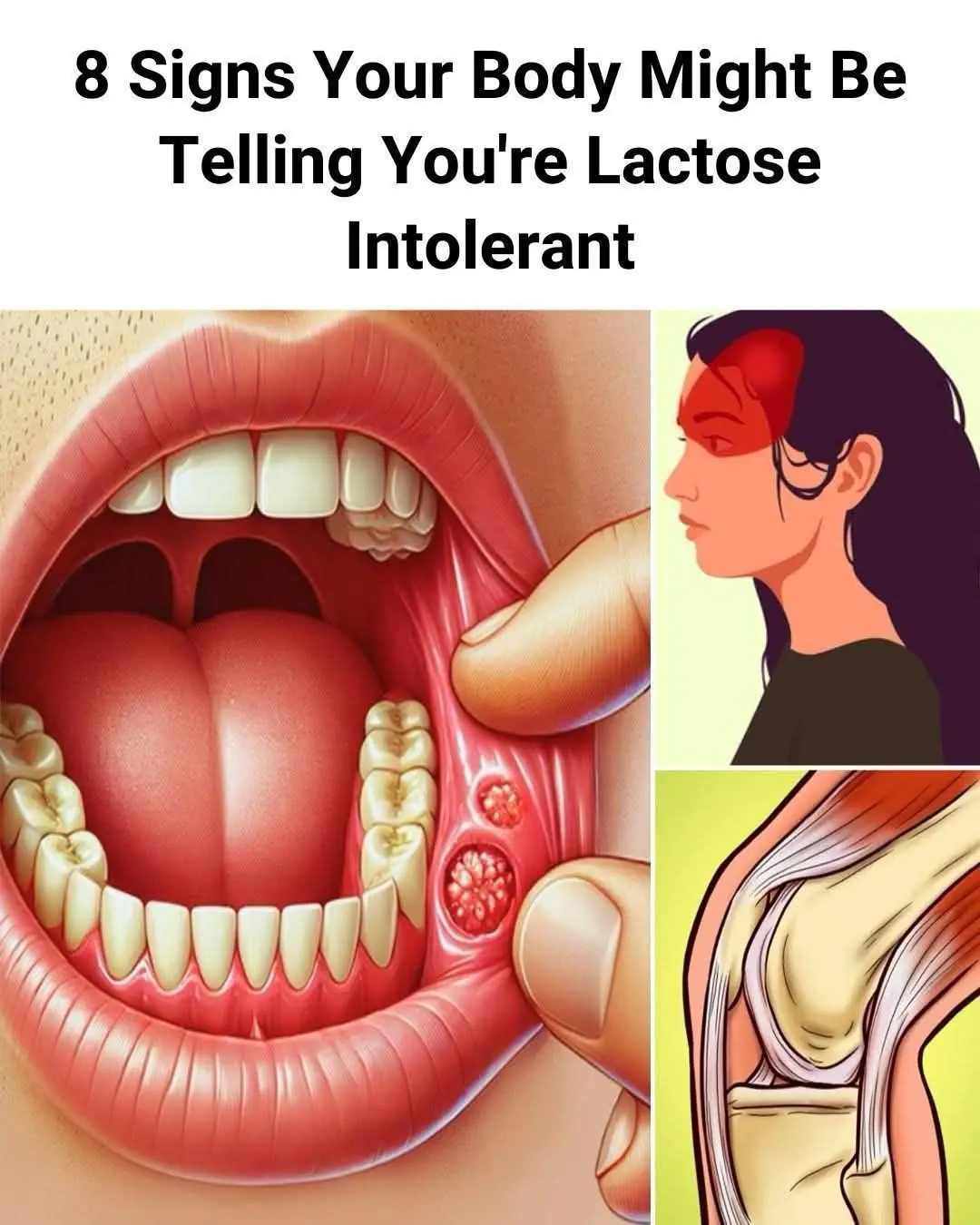
8 Signs You Might Be Affected by Lactose Intolerance

Understanding Diabetes: Types, Symptoms, Risks, and How to Manage It

Doctors Highlight A Rare Cancer Symptom That Can Appear On Your Toenails
News Post

Diet and Uric Acid: Foods to Avoid for Gout Prevention

This Is What Happens To Your Body When You Smoke Weed And Work Out

My Husband Took His Female Colleague to My Inherited Lake House for 'Business Trips' — But He Had No Idea I’d Already Installed Cameras
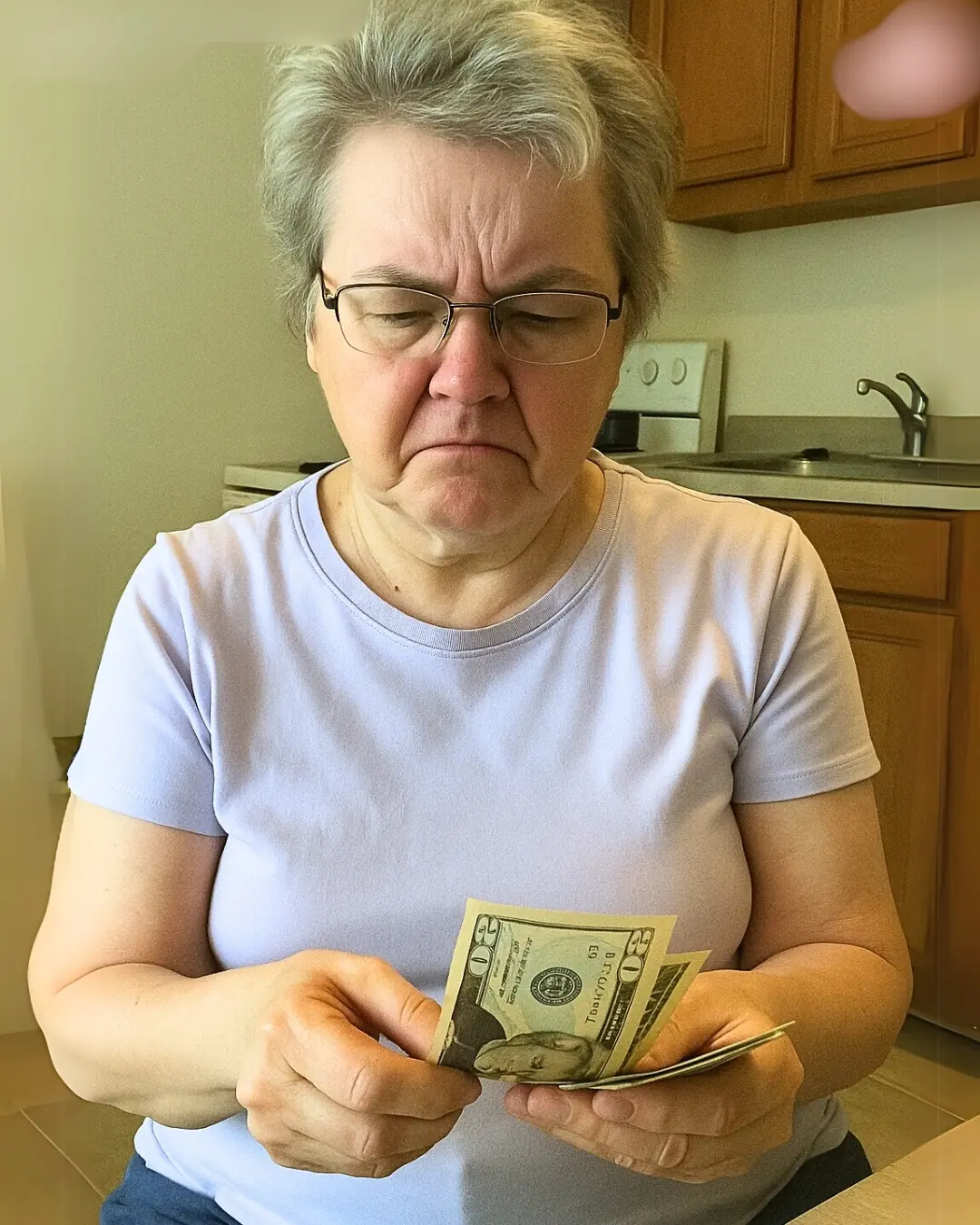
MIL Billed Me $3,360 for Babysitting Her Own Grandson — Here's How I Settled the Score

I Was Forced to Pay Rent to My Future MIL Just to Stay in Her House and Keep My Relationship Alive

Our Sassy Neighbor Threw a Party in Our Backyard, Demanding We Stay at Home, but We Had the Last Laugh

The Hidden Meaning Behind Wearing an Ankle Bracelet—Most People Have No Idea
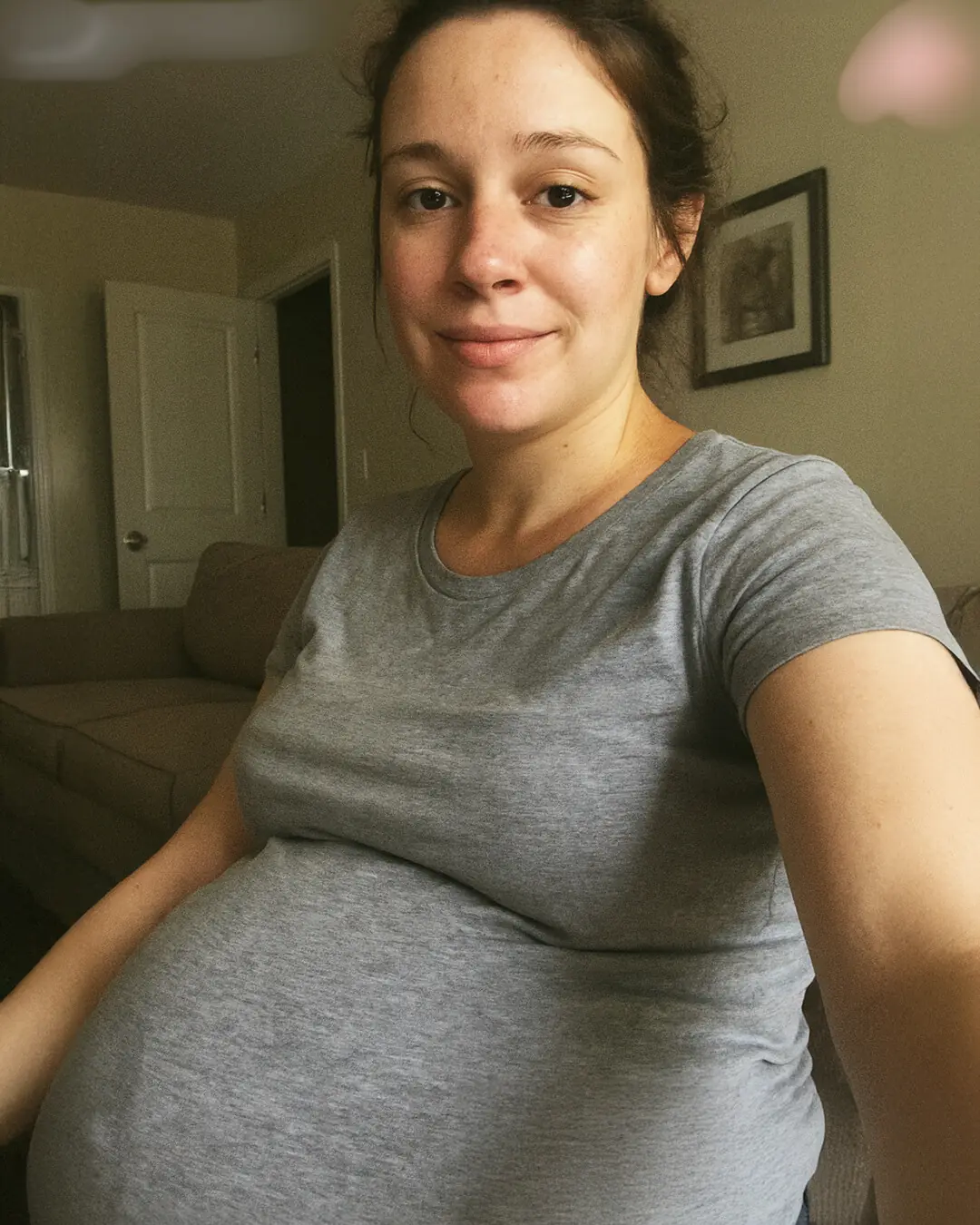
My Husband Called Me Lazy for Wanting to Quit My Job While 7 Months Pregnant – So I Taught Him a Lesson He'll Never Forget

After Their Son's Death, This Elderly Couple Stopped Cooking & Spent 20 Years Sharing Meals with Neighbors — Until One Neighbor's Rejection Broke Their Hearts

Husband Gifted Me a Mop on Our 10th Anniversary as His Sister Laughed – Moments Later, Karma Restored My Faith in Goodness

AM I WRONG FOR BEING UPSET THAT MY 71-YEAR-OLD MOM, ELEANOR, SPENT HER MONEY ON TRAVELING INSTEAD OF HELPING ME, SOPHIA, WITH MY BILLS?

My Husband Bought First Class Tickets for Himself and His Mom Leaving Me and the Kids in Economy - My Lesson to Him Was Harsh

My MIL Thought I Was Not Beautiful Enough for Her Son, So I Entered a Beauty Contest to Win the Crown

Scientists Have Discovered An Alarming Rise in Advanced Prostate Cancer in California

Natural Methods to Destroy Bloating and Heartburn-Causing Bacteria in Your Gut

Doctor warns of the worrying symptoms that mean common disorder could actually be bowel cancer

15 Early Signs Your Body is Fighting Cancer

common morning habits that may increase your risk of stroke
